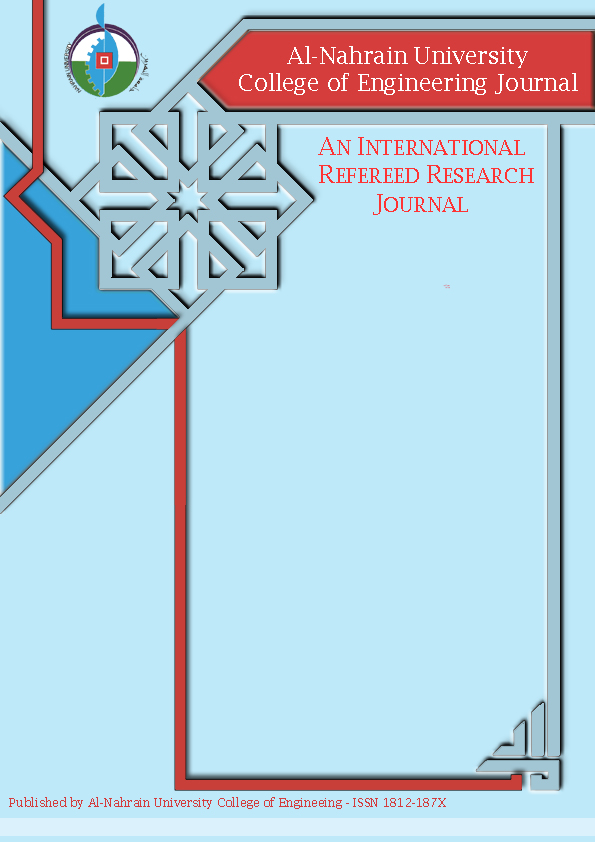Proportional Preferences in Mesopotamian Architecture
Keywords:
proportion in ancient art, Dynamic Symmetry, Golden Section, Babylonian Mathematics, Proportion in Mesopotamian ArtAbstract
Proportion and proportionality have been one of the active concerns in studying the aesthetics of art and architecture. Researchers have always sought for the origin of proportion into the art and Architecture of ancient Egypt and Classical Greece. Studies also have examined Mesopotamian art, but not its architecture. This paper investigates Proportion and proportionality in Mesopotamian architecture. The research is based on the assumption that: any architectural decision concerning the measurements of any major built space was subject to the effect of a symbolically favorite proportion. This proportion is related to the symbolism of numbers, widely known in Mesopotamia. The paper aims to unravel the preferred proportion that was implemented in Mesopotamian architecture, by exploring the proportions of the main inner and outer spaces in several buildings of the neo- Sumerian and old Babylonian epochs during which mathematics flourished and consciousness of numbers got matured.
Downloads
Downloads
Published
Issue
Section
License
The authors retain the copyright of their manuscript by submitting the work to this journal, and all open access articles are distributed under the terms of the Creative Commons Attribution-NonCommercial 4.0 International (CC-BY-NC 4.0), which permits use for any non-commercial purpose, distribution, and reproduction in any medium, provided that the original work is properly cited.









